Introduction to Dental Fillings
Dental fillings are a crucial component of restorative dentistry, primarily utilized to repair teeth that have been damaged due to decay, trauma, or wear. When a tooth sustains damage, it can lead to discomfort, sensitivity, and further complications if left untreated. The primary purpose of dental fillings is to restore the tooth’s functionality and structure, ultimately prolonging its lifespan and maintaining oral health.
Various types of fillings are available, depending on the extent of decay, patient needs, and aesthetic preferences. The most common materials used for dental fillings include amalgam, gold, glass ionomer, and composite resins. Each type varies in durability, appearance, and application, making it essential for dental professionals to assess the individual requirements of each patient before recommending a specific material.
Glass ionomer fillings, known for their ability to release fluoride, are primarily used in cases where aesthetics are less of a concern. These fillings bond chemically to the tooth structure, making them suitable for areas that require a moderate level of stress resistance. On the other hand, composite fillings offer a more aesthetically pleasing option, as they can be color-matched to the natural shade of the tooth. They are often preferred for visible areas due to their ability to blend seamlessly with surrounding teeth.
In the realm of restorative dentistry, understanding the characteristics and applications of different filling materials, particularly glass ionomer and composite fillings, is essential. This knowledge not only aids in making informed decisions for treatment but also highlights the importance of seeking professional dental opinions. As we delve deeper into this comparison, it is important to consider how each type of filling aligns with patient needs and treatment objectives.
What are Glass Ionomer Fillings?
Glass ionomer fillings represent a unique category of dental restorative materials that are composed of a special blend of glass particles and an organic acid. Due to this composition, glass ionomer fillings exhibit the ability to bond chemically to the tooth structure, which is a significant advantage over other filling types. This chemical bond enhances the stability and longevity of the restoration, making it an appealing option for various dental scenarios.
One of the primary benefits of glass ionomer fillings is their fluoride-releasing capability. They gradually release fluoride ions, which contribute to the remineralization of adjacent tooth structures and provide a protective effect against future decay. This characteristic makes them especially beneficial for individuals at higher risk of cavities, such as children or those with certain medical conditions. Furthermore, glass ionomer fillings can be utilized in areas of the mouth that are less subject to heavy chewing forces, thereby ensuring durability and reliability in less demanding environments.
However, glass ionomer fillings do come with potential drawbacks. They tend to have lower wear resistance compared to composite fillings, which may limit their use in high-stress areas, such as molars. Additionally, the aesthetic appeal of glass ionomer materials is not as pronounced as that of composite alternatives. While they do offer a tooth-like appearance, they may not mask underlying discoloration as effectively as composite fillings. As a result, dentists often reserve glass ionomer fillings for specific clinical situations, such as for filling cavities in primary teeth, in patients with limited access to dental care, or in cases where fluoride release is a priority.
What are Composite Fillings?
Composite fillings are dental restorations made of a mixture of plastic and fine glass particles that are designed to provide both functionality and aesthetic appeal. The primary advantage of composite fillings lies in their color-matching capabilities. They can be easily tailored to blend seamlessly with the natural shade of the surrounding teeth, making them an ideal choice for visible areas, such as front teeth. This aesthetic advantage is one of the primary reasons many patients opt for composite materials over traditional amalgam fillings, which are distinctly metallic in appearance.
In addition to their aesthetic benefits, composite fillings exhibit considerable versatility. They can be used in a variety of applications, from treating cavities to repairing chipped or fractured teeth. The material bonds well to the tooth structure, which helps to restore strength and stability. This bonding capability is particularly advantageous for minimizing the risk of further dental decay, as the tight seal created by composite materials prevents bacteria from entering the tooth.
When it comes to composition, composites typically include a resin matrix, inorganic filler particles for added strength, and a bonding agent that adheres the filling to the tooth structure. Common filler materials include silica, quartz, and, in some cases, glass ionomers. These components work together to create a strong and durable filling. However, while composite fillings have many advantages, they also feature some limitations. They may not be as wear-resistant as other options, such as porcelain or amalgam, and they often require a longer time to place during dental procedures compared to traditional fillings.
Additionally, composite fillings may not be suitable for large cavities on back teeth, where biting forces are greatest. Despite these limitations, their durability, aesthetic appeal, and versatility make composite fillings a popular choice among dental professionals and patients alike.
Comparing Glass Ionomer and Composite Fillings
Glass ionomer and composite fillings are two distinct materials used in restorative dentistry, each possessing unique characteristics that cater to different clinical situations. One significant difference lies in their longevity. Composite fillings are known for their durability, typically lasting between 5 to 15 years, while glass ionomer fillings usually have a shorter lifespan, ranging from 3 to 7 years. This difference is primarily due to the materials’ resistance to wear and tears under daily functional pressures, making composite fillings a preferable choice for areas of high occlusal stress.
Aesthetically, composite fillings are favored for their tooth-like appearance, allowing them to blend seamlessly with the natural color of the dental enamel. Glass ionomer fillings, although they can be tinted to match tooth color, may not offer the same level of cosmetic results, making them less desirable for visible areas. However, glass ionomer fillings have the advantage of releasing fluoride, which can provide ongoing protection against caries, a feature not present in composite materials. This attribute makes them an excellent choice for young children or patients at high risk for tooth decay.
Application scenarios significantly differentiate the use of either filling type. Glass ionomer is frequently recommended for areas that are not subject to heavy bite forces, such as the root surfaces of teeth or as a temporary solution in dental procedures. In contrast, composite fillings are generally utilized for posterior teeth or other high-stress locations, where aesthetics are important. However, while glass ionomer materials can adhere directly to tooth structure, composite fillings require meticulous bonding techniques to achieve optimal results, which can complicate the procedure.
Potential complications also play a role in the selection of filling type. Composite materials can be prone to staining and may necessitate replacement over time due to wear. Conversely, while glass ionomer fillings tend to exhibit less wear, they may be more susceptible to fracture. Understanding the differences between these two filling materials can help patients and dentists make an informed decision tailored to individual dental needs.
Factors Influencing the Choice of Filling Material
When considering fillings for dental cavities, several factors come into play that significantly affect the choice between glass ionomer fillings and composite fillings. One of the primary factors is the location of the cavity within the mouth. For cavities located in areas that are less visible, such as the back molars, glass ionomer fillings might be preferred due to their lower cost and sufficient durability. In contrast, for anterior teeth or areas that are more visibly noted during smiling or speaking, composite fillings tend to be favored due to their superior aesthetic qualities, allowing for a more natural and pleasing appearance.
Another critical aspect influencing the choice of filling material is the patient’s oral hygiene practices. For individuals who might struggle with maintaining optimal oral hygiene, glass ionomer fillings can be a more suitable option. These fillings release fluoride, which can help protect against further decay, making them beneficial for patients with a higher risk of cavities. Conversely, patients with excellent oral hygiene routines who visit the dentist regularly may opt for composite fillings, as these tend to be more resistant to staining and wear, making them a long-term solution.
Cost considerations also play a significant role in the decision-making process. Generally, glass ionomer fillings are more affordable than composite fillings, which can influence patients’ choices, especially if they are looking for cost-effective solutions. Lastly, aesthetic concerns cannot be overlooked. Patients desiring a seamless and natural appearance often lean towards composite fillings, which can be custom tinted to match the shade of the natural tooth. Therefore, the decision between glass ionomer and composite fillings ultimately hinges on these varied factors, allowing dental professionals and patients to make informed choices that align with individual needs and circumstances.
Success Rates and Longevity of Fillings
When considering dental restorations, the success rates and longevity of fillings play a critical role in determining the ideal material for an individual’s needs. Glass ionomer fillings and composite fillings each have their distinctive attributes regarding durability and lifespan. Research indicates that glass ionomer fillings can last between 5 to 15 years depending on factors such as the location of the filling and the patient’s oral hygiene practices. These fillings are particularly well-suited for areas of the mouth experiencing lower chewing forces, thus enhancing their longevity when used accordingly.
On the other hand, composite fillings often show favorable success rates in a wider variety of conditions. Typically, they last between 5 to 10 years, although many patients report longevity extending beyond this range when properly maintained. Composite fillings are known for their aesthetic appeal and are frequently employed in more visible areas, such as the front teeth, where appearance is paramount. Their ability to be bonded directly to tooth structure also contributes to their efficacy in preventing further decay.
Several studies support these findings, indicating a higher success rate for composite fillings in posterior teeth compared to glass ionomer options. However, glass ionomer materials are renowned for their fluoride-releasing properties, aiding in the prevention of further decay around the filling. This characteristic can potentially offset their shorter lifespan by promoting overall oral health, leading to fewer future restorations. Personal anecdotal evidence also suggests that factors such as diet, oral hygiene, and routine dental check-ups heavily influence the longevity of both filling types.
Ultimately, the choice between glass ionomer and composite fillings may rest on individual circumstances, with both materials presenting unique benefits that can fit varying dental needs.
Cost Comparison of Glass Ionomer and Composite Fillings
The cost of dental fillings can vary significantly depending on several factors, including the type of material used. Glass ionomer fillings and composite fillings are two common options, and their pricing is influenced by factors such as material composition, durability, location, and the specific dental clinic’s fees. Typically, glass ionomer fillings are less expensive than composite fillings. The average cost for glass ionomer fillings ranges from $50 to $150 per tooth, while composite fillings can range from $90 to $250 per tooth. This price difference can largely be attributed to the materials used and their respective manufacturing processes.
Glass ionomer is made from a blend of acrylic and glass powders, which allows for a more affordable production cost. This makes them a popular choice for patients seeking a cost-effective solution for treating cavities, particularly in areas that are not subjected to heavy chewing forces. On the other hand, composite fillings are manufactured using a resin and filler particles, which are more costly to produce, leading to higher patient charges.
In addition to the material costs, other factors contribute to the overall pricing. The clinic’s location plays a significant role; dental practices in urban areas may charge higher fees due to increased overhead costs. Additionally, the dentist’s expertise and the complexity of the procedure can also affect the final price. Some insurance plans do provide coverage for dental fillings, but the extent of this coverage can vary widely based on the policy. Patients are encouraged to verify their insurance benefits, as glass ionomer fillings might be covered to a greater extent than composite fillings, depending on the specific diagnosis and treatment plan approved by the dental provider.
Choosing the Right Dental Clinic for Fillings
When considering dental fillings, the selection of an appropriate dental clinic is paramount to ensuring optimal results and the highest standard of care. A qualified dental clinic not only impacts the overall quality of the treatment received but also influences patient comfort and satisfaction. To help patients make informed decisions, several critical factors should be taken into account when evaluating potential dental practices.
Firstly, the expertise and training of the dentists are crucial components. Look for clinics staffed by licensed professionals who specialize in restorative dentistry, as their in-depth knowledge of filling materials—such as glass ionomer and composite fillings—can significantly affect treatment outcomes. It is also advisable to investigate the experience of the dentists and their track record with similar procedures. Feedback and reviews from previous patients can provide valuable insights into the clinic’s reputation and reliability.
Secondly, the technology and materials used in a dental clinic greatly enhance treatment efficacy. Advanced clinics often utilize state-of-the-art equipment, which supports accurate diagnoses and minimizes discomfort. Ensure that the facility is equipped to handle both glass ionomer fillings and composite fillings effectively. The quality of the materials affects not only the longevity of the fillings but also the overall aesthetic appeal, making modern materials vital to successful restorative dentistry.
Lastly, consider the clinic’s overall environment and the customer service offered. A welcoming atmosphere with supportive staff can significantly ease anxiety and create a positive experience. Patients should feel comfortable asking questions and discussing their options to ensure they are choosing the best fitting solutions for their needs.
In essence, choosing a qualified dental clinic for fillings requires careful consideration of the expertise of the dental professionals, the technology employed, and the quality of patient care, all of which contribute to a successful dental experience.
Why Dr. Abdurrahman Ozturk’s Clinic is the Best in Turkey
Dr. Abdurrahman Ozturk’s clinic, located in Istanbul, Turkey, has garnered an outstanding reputation in the field of dentistry, particularly known for its proficient handling of filling procedures. The clinic stands out not only due to its advanced methodologies and sophisticated technology but also because of the extensive qualifications possessed by Dr. Ozturk himself. With years of specialized training and considerable experience in restorative dentistry, he fosters a commitment to providing exceptional dental care that prioritizes patient comfort and well-being.
The range of services offered at Dr. Ozturk’s clinic includes both glass ionomer fillings and composite fillings, allowing patients to choose the most suitable option according to their needs. The clinic stays updated on dental innovations, ensuring that they utilize advanced techniques and materials for all filling procedures. This commitment to quality care ensures that patients receive effective and long-lasting results. The integration of patient-centric services makes Dr. Ozturk’s clinic an ideal destination for individuals seeking superior dental work.
Patient testimonials frequently highlight the personalized care and attention they receive from the dental staff. Many patients express high levels of satisfaction with their results, noting how Dr. Ozturk’s expertise and gentle approach helped alleviate their anxiety regarding dental treatments. Such positive feedback contributes to the stellar reputation of the clinic in dental care within Turkey and beyond.
Moreover, logistical advantages, including accessible location and affordable pricing compared to Western counterparts, make Dr. Abdurrahman Ozturk’s clinic a sought-after option for international patients. With a focus on restoring dental health through expert filling procedures, the combination of excellent service, qualified staff, and advanced dental solutions positions Dr. Ozturk’s clinic as a leader in Turkey’s dental sector.

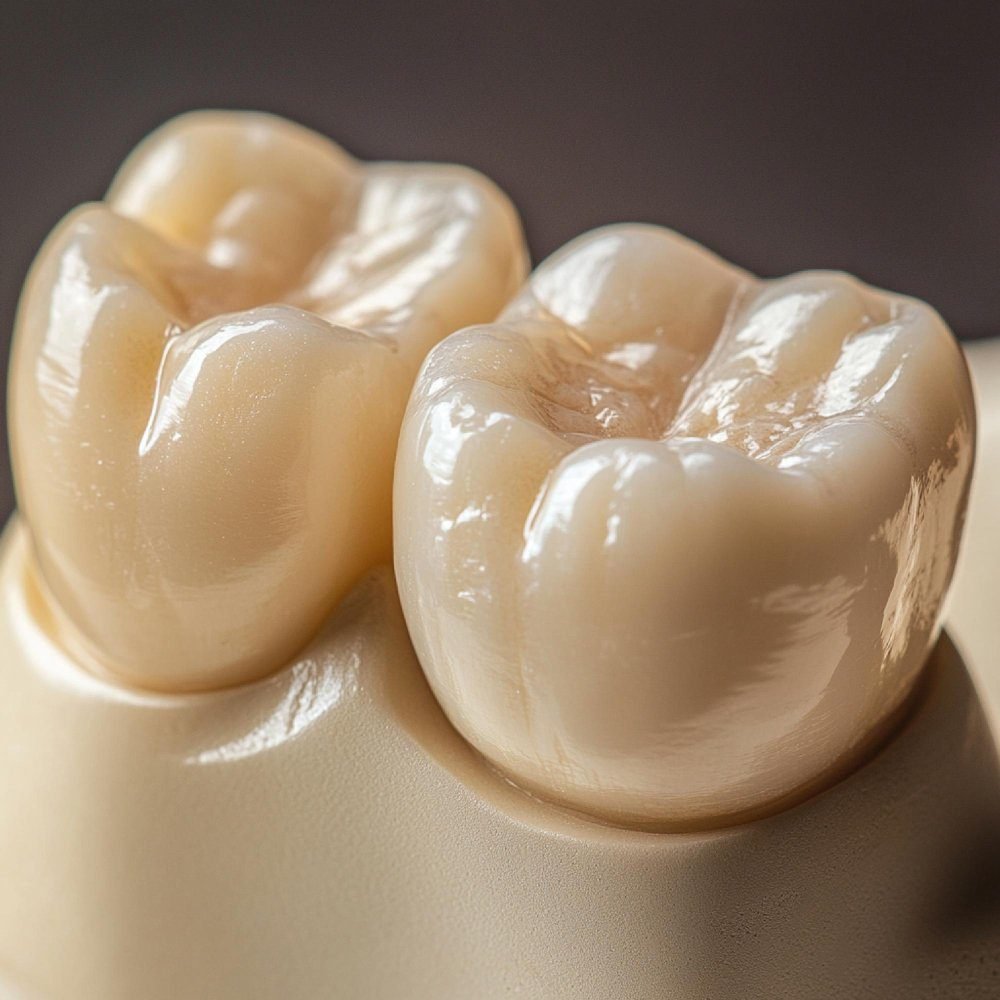
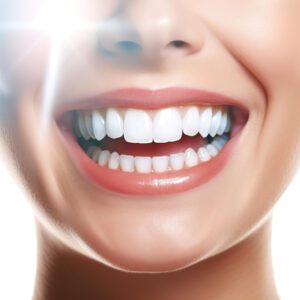



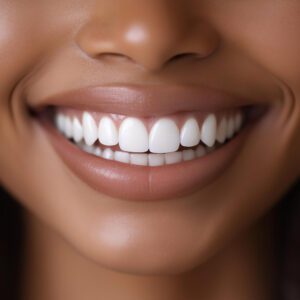
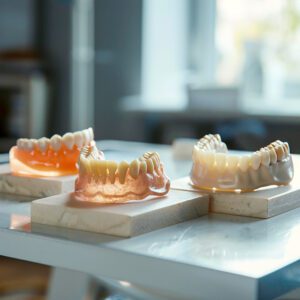
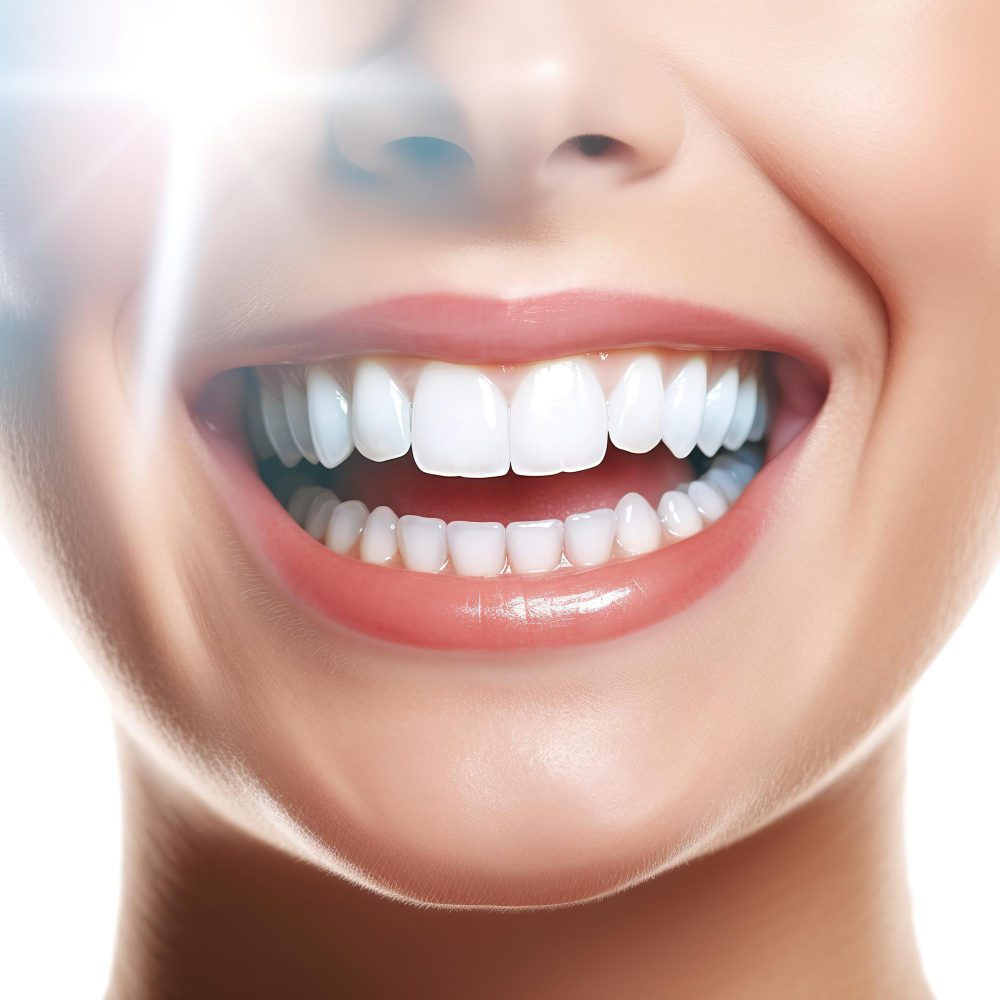





2 Responses